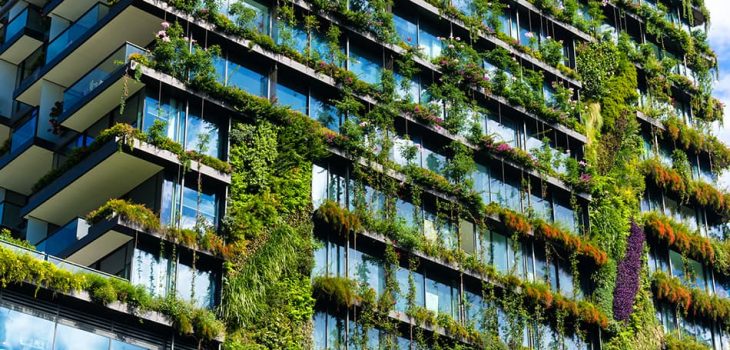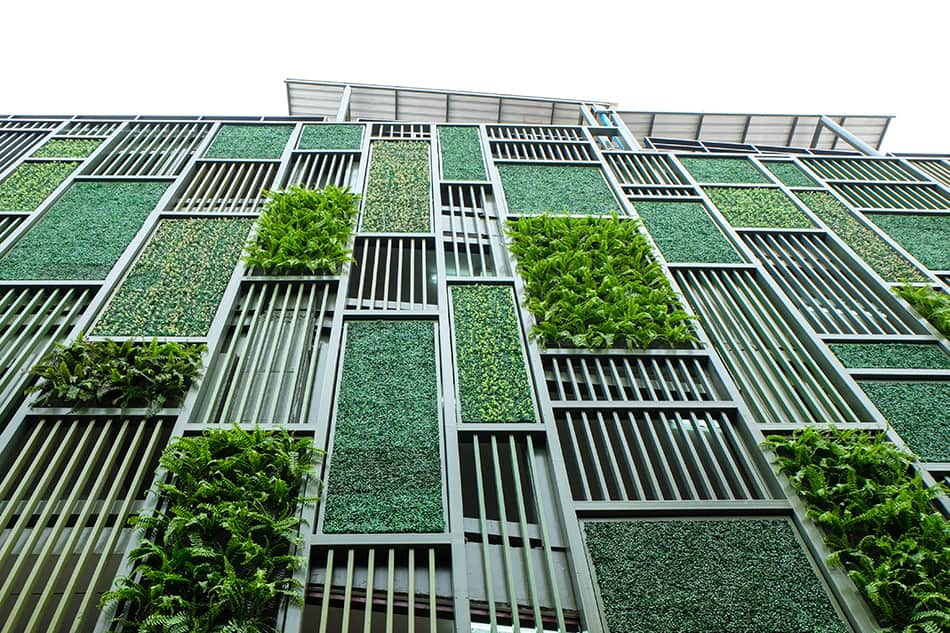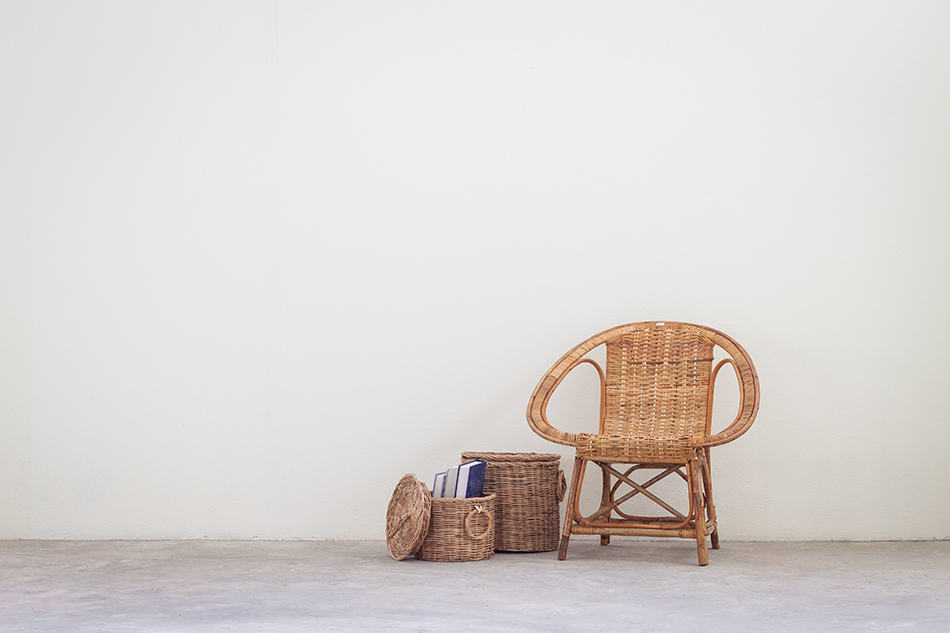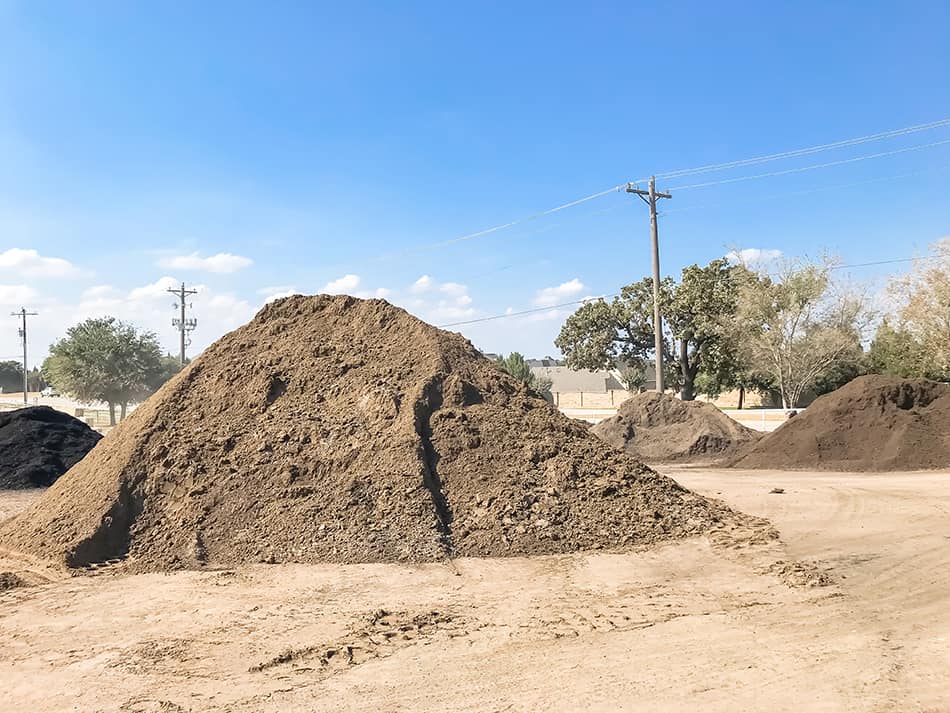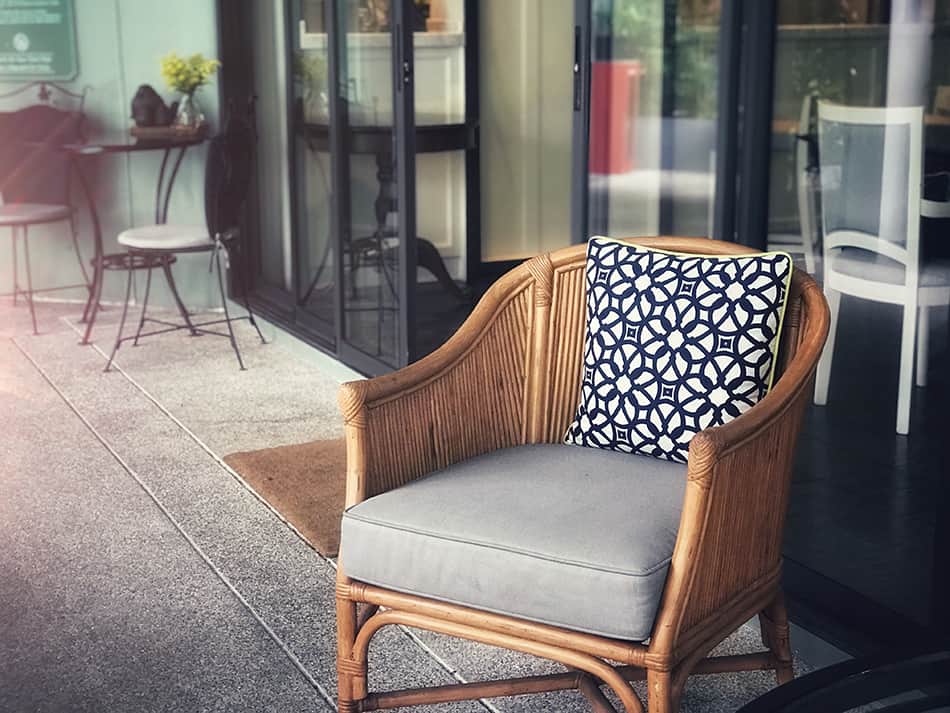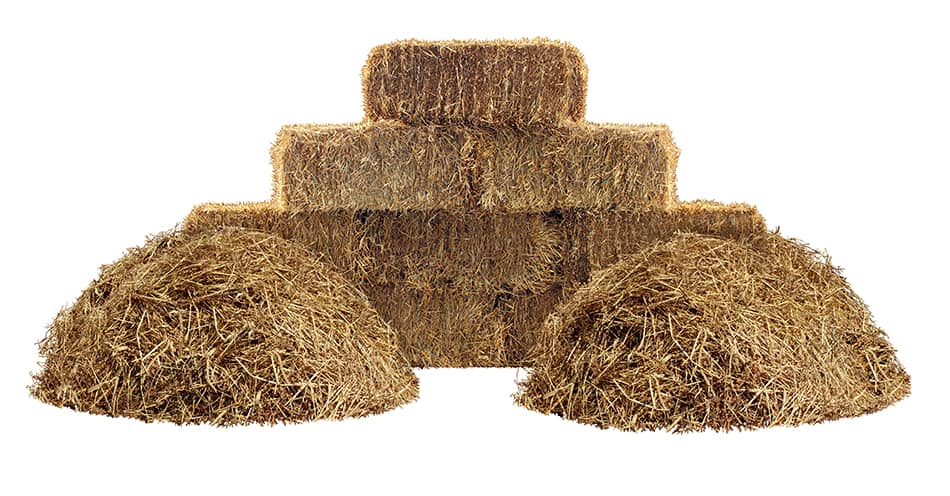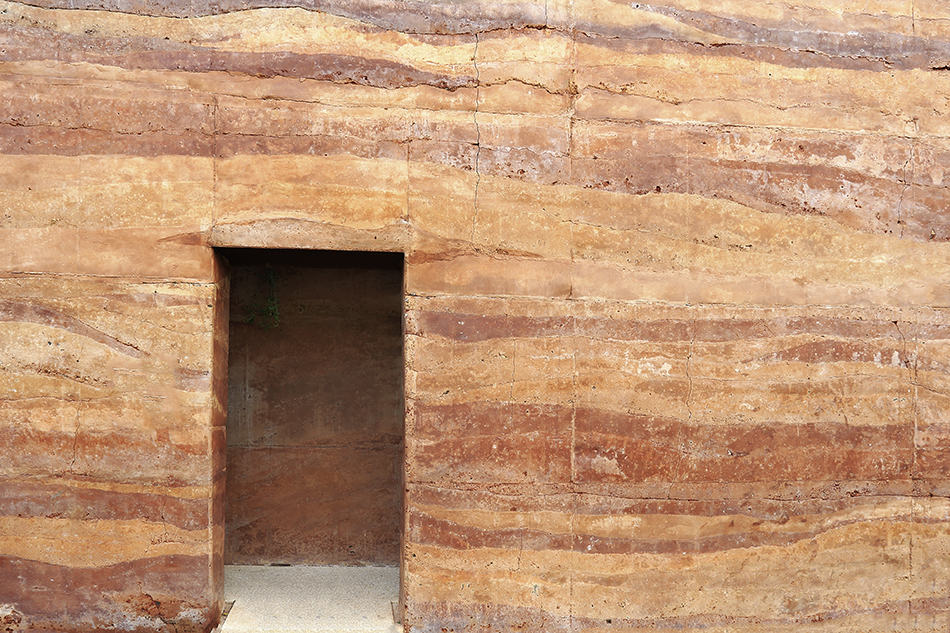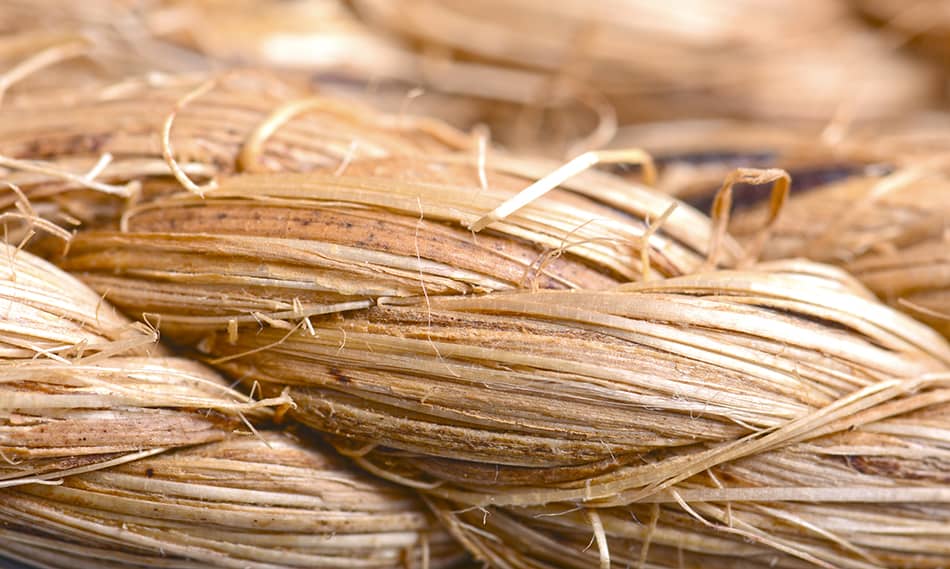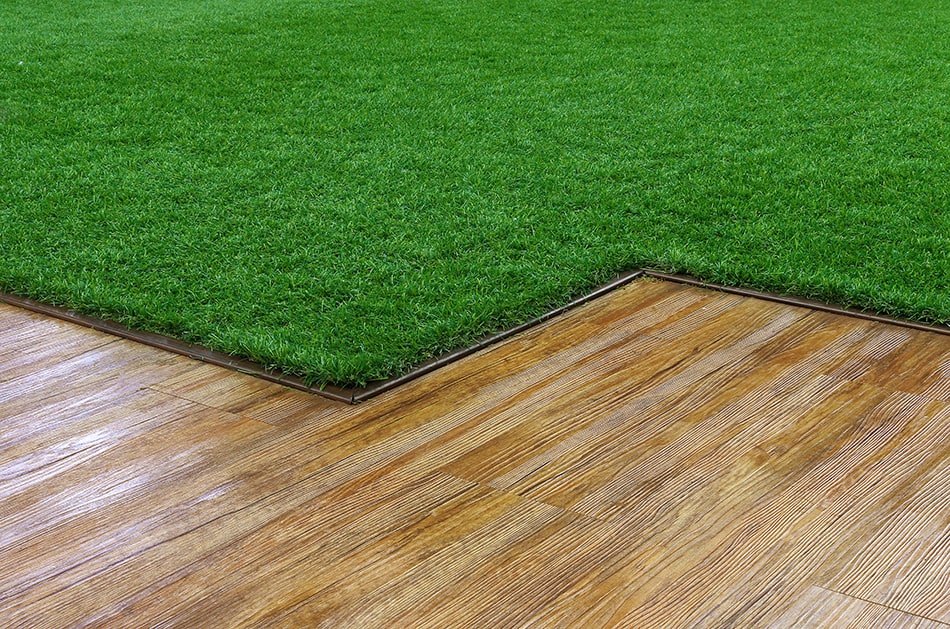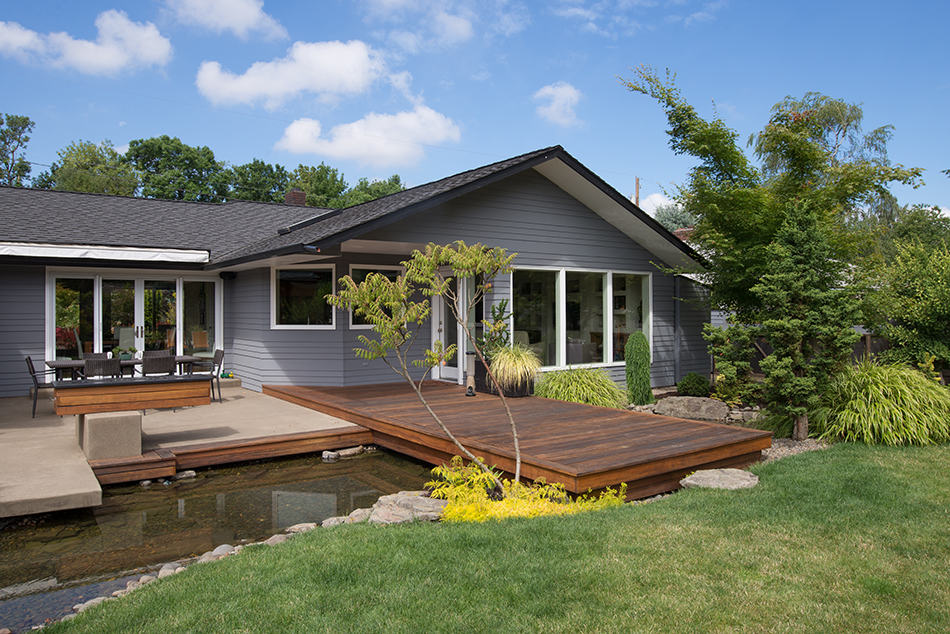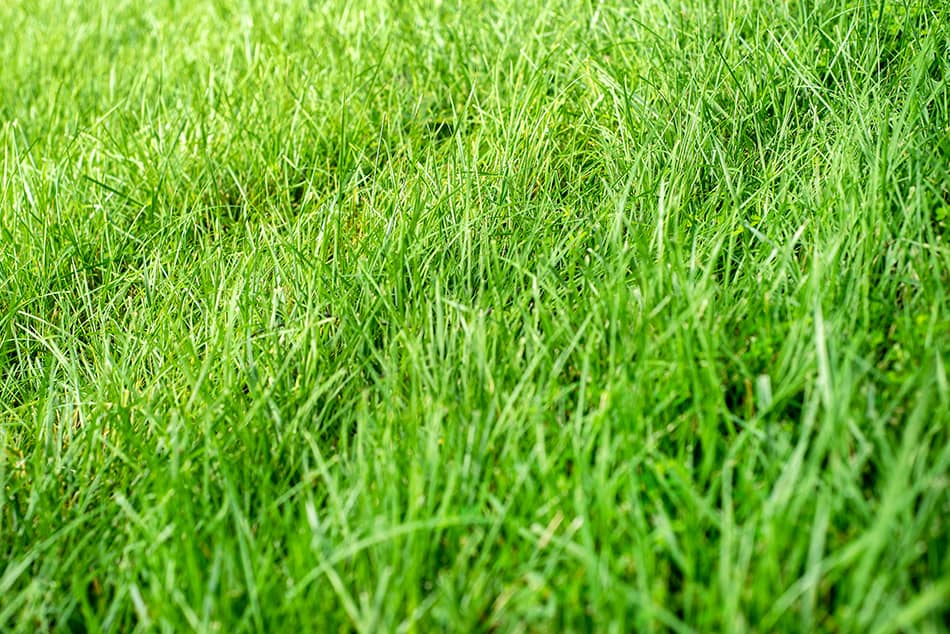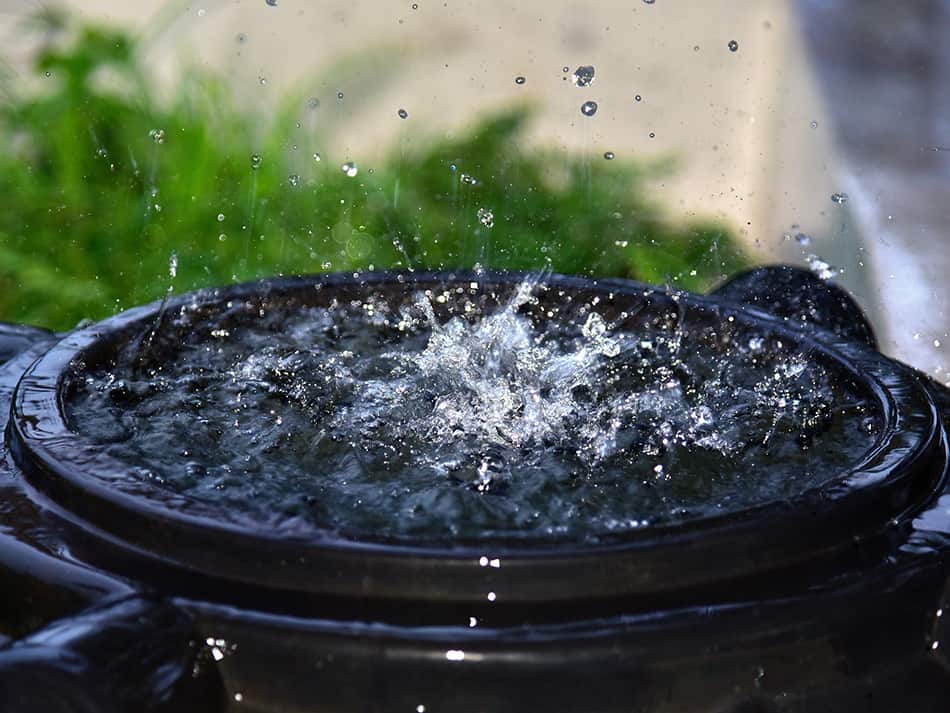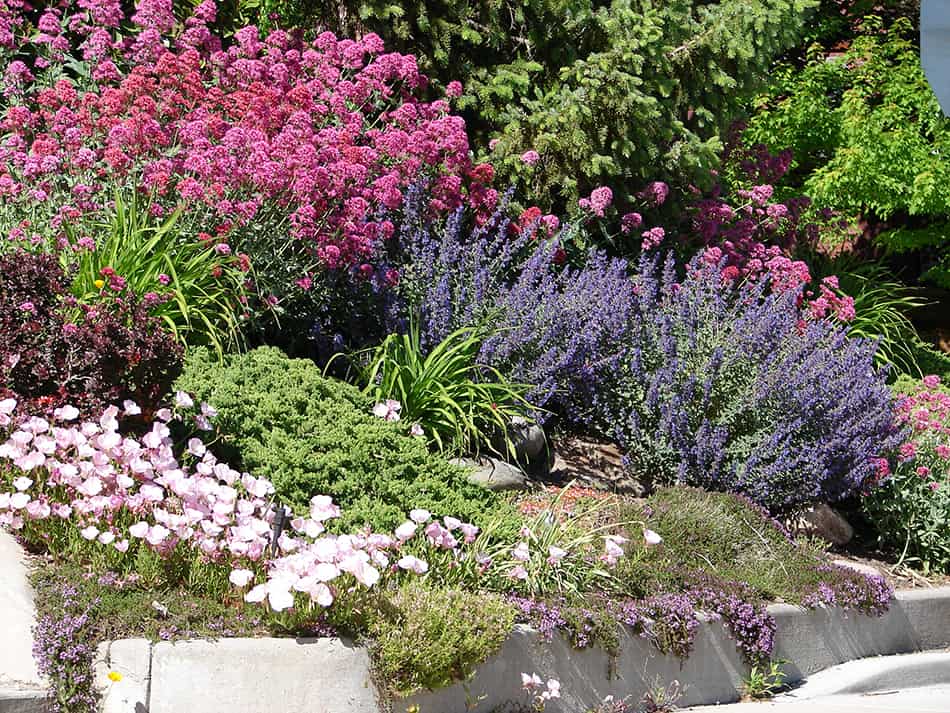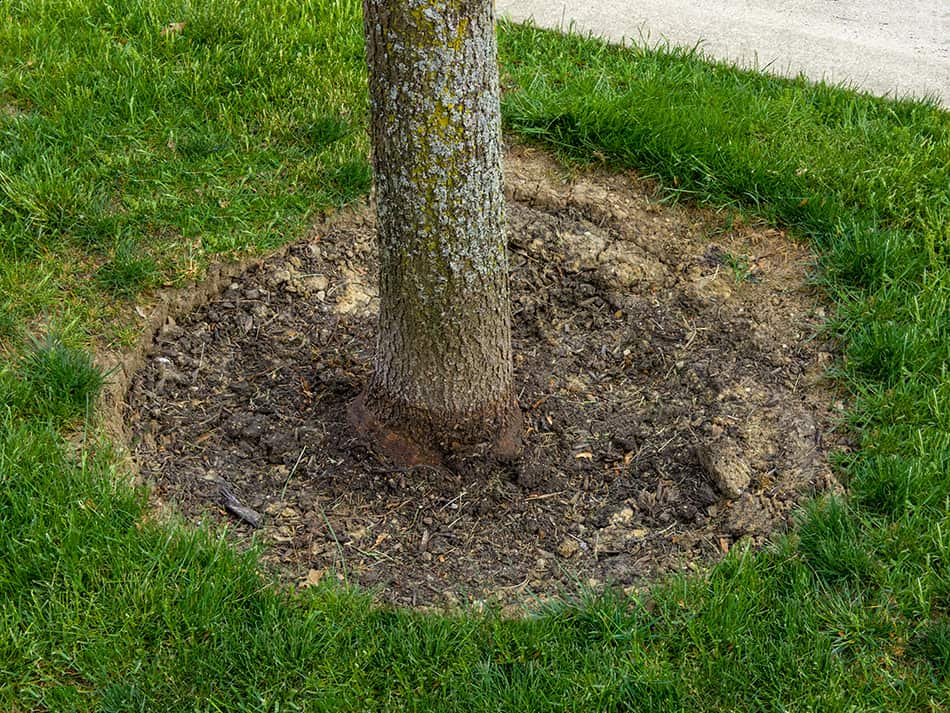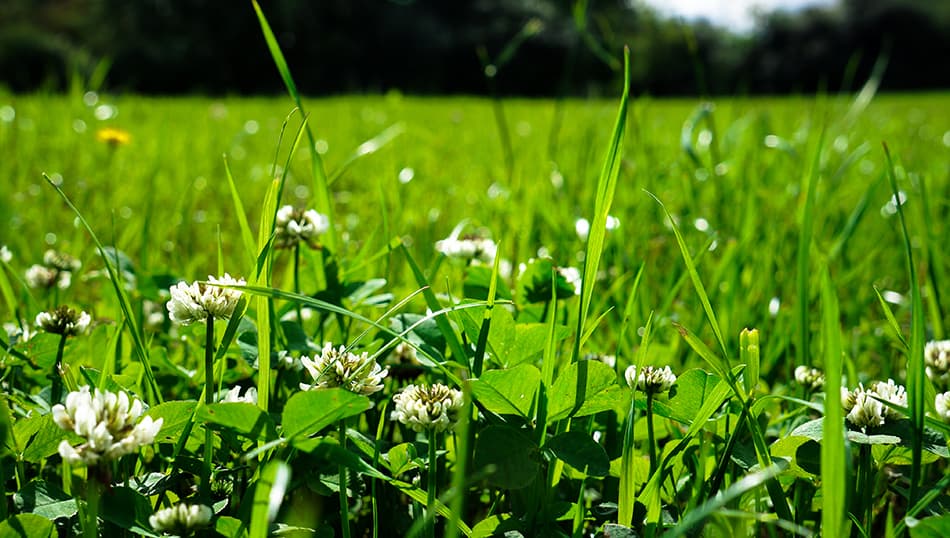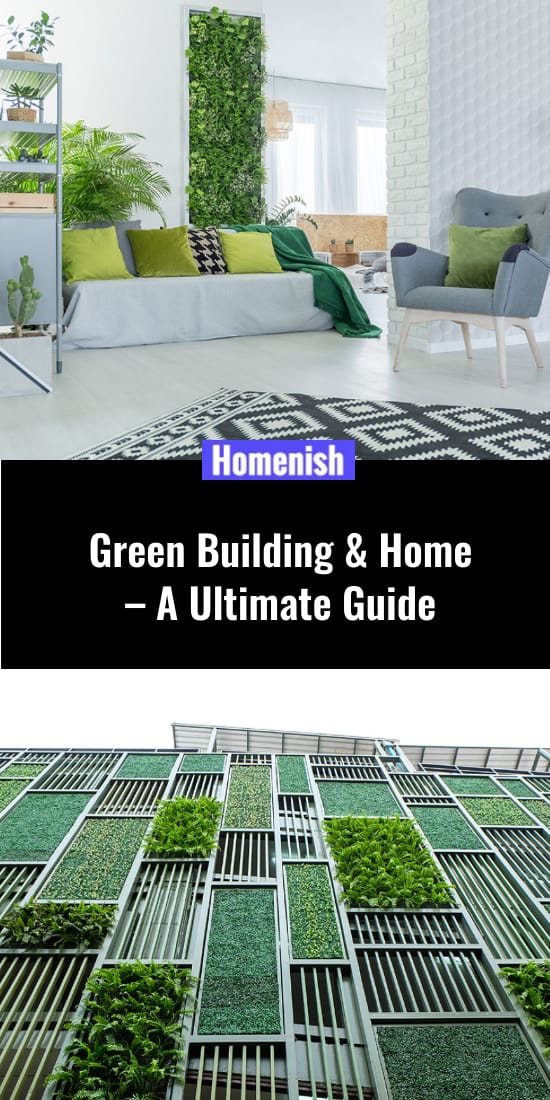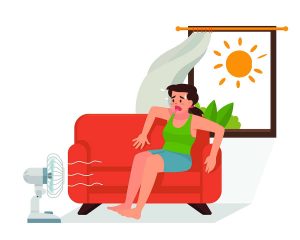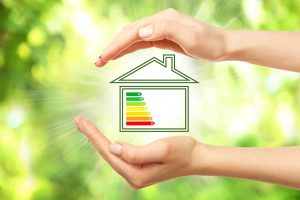Historically, the point of a human habitat we call “a home” is to provide shelter from the natural elements.
Homo sapiens, our species, became quite successful in building these shelters. One could say that in time, we turned sheltering from nature into an art form.
Because of human skillfulness, today’s homes are moisture-free, draft-free, smoke-free, heated, and highly comfortable. Even the air we breathe passes through energy-intensive air-conditioning systems.
Certainly, this has brought on much easier living for us, but not without a cost.
Our homes have high energy needs. To satisfy them, we have been burning massive amounts of fossil fuels, which produces greenhouse gasses. The greenhouse gas buildup has created the current climate crisis – probably the largest threat and challenge humanity had yet faced. Curbing emissions and finding more sustainable ways to live will be the imperative of the coming years.
Also, the increase in use of artificial material has dramatically worsened our indoor air quality.
And last but not least, the financial costs of keeping an average home built from typical price-friendly materials optimally cool or warm can be substantially high in many places.
These are the main reasons green building is becoming a trendy topic.
But, what is green architecture? Is it simply a cabin in the woods?
Well, not quite. The topic is much more complex, layered, and intriguing.
Let’s dive into the innovative world of green building together and get some answers!
What Is Green Building?
The Green building principle suggests that the building should have a neutral, or ideally, positive influence on the environment, both in terms of construction and operation. A truly green building is environmentally friendly, resource-efficient, and energy-efficient throughout its entire lifetime – from construction to deconstruction.
What does a green building look like?
Green homes are usually imagined to be incorporated into an idyllic natural environment, be it a forest or a hilly meadow. Think Hobbit village from Lord Of The Rings.
And indeed, many highly regarded, pioneering, and/or viral green building projects are blended into their surroundings, and may be a tad bit eccentric.
However, green homes don’t have to look different from conventional homes, at least from the outside.
What makes them “green” is the smart use of design and building material with the purpose of reducing a home’s energy use and overall environmental footprint, not the design and aesthetics per se.
Speaking from an architectural point of view, green homes have the following qualities:
- They blend in with the environment as seamlessly as practical.
- They are usually modest in size, which makes them more energy-efficient.
- The floor plan needs to be adapted to the terrain, as well as to the local climate.
- Functionality and environmental friendliness are more valued than decoration, or any luxurious aspects of a building.
- Green home’s garden should follow regenerative gardening principles; best-known examples are organic and permaculture gardening.
For example, some of the ideal green homes are dug into the hillside. This is done not only for the interesting visual effect but for energy conservation. A dug-in house will always have a pretty much constant temperature. The side with windows is usually turned south to help get warmth inside without artificial heating.
The Green Building Materials
Green building uses “sustainable materials.” Perhaps surprisingly, this is a very broad term that relates to material attributes and origins.
Let’s look at some of the main features that make a material sustainable
Sustainably harvested or produced
A sustainable material needs to be produced or harvested in a way that is at least as damaging to the environment and natural ecosystems as possible.
To make things easier for consumers, there are standards and certificates that guarantee the material is sustainably harvested. For example, the FSC certificate is considered a gold standard when it comes to sustainably harvested timber and wood products.
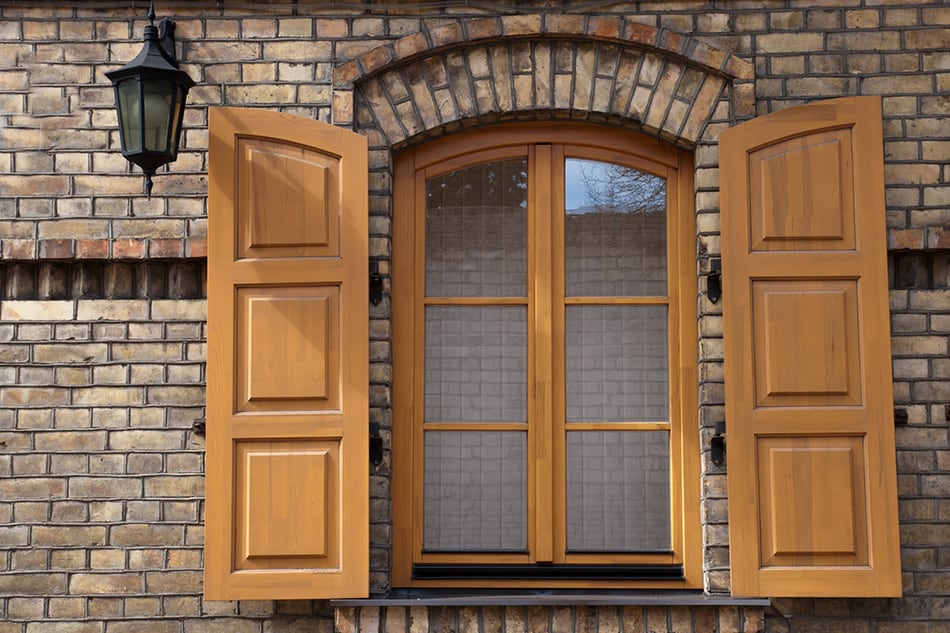
On the other hand, a tree lodged from clear-cutting old-growth forests would be considered anti-sustainable.
Natural material
Though this is not mandatory, it is desirable for a green home to be dominated by natural materials. This has to do not only with the material’s renewability (e.g., wood, straw), but also with what happens to the house at the end of the life cycle. Natural materials are able to degrade without leaving residual and hazardous substances.
This may not seem important to you since we all imagine our houses will last forever, but you don’t have to think about the lifetime of the entire home. There are parts of the construction which will need to be updated and changed. Which brings us to our next point.
Lifetime and durability
Elements and components that can last for a long time and can be fixed are more sustainable than those with a short expiration date.
A good example would be the windows.
Modern PVC window frames provide good insulation and therefore contribute to energy efficiency. However, they have to be replaced every 20 to 30 years, and very hard to fix if they malfunction. Therefore, they are short-lasting, plus they are made from a material that is non-degradable and non-recyclable.
Classic wooden window frames are made from a renewable and degradable material. They can be fixed and refurbished when needed. You can plan double wooden windows, which provides sufficient insulation.
Aluminum window frames are as efficient insulation-wise as PVC window frames. Although their production is certainly more energy-intensive than wooden frames and they usually can’t be refurbished, at least aluminum can be continuously recycled without quality losses.
Non-toxic and Non-allergenic Materials
When choosing materials for your home, should strive for the ones that are non-toxic and non-allergenic. All elements of your home that are made or produce toxic and hazardous compounds – especially the Volatile Organic Compounds (VOCs) – will degrade your indoor air quality, which has very important health implications.
Locally-Sourced Materials
Because of the environmental footprint of long-haul transportation, all materials used for a green home should be sourced locally, or as near as possible to the construction site. The extreme example would be rammed earth houses that use the soil that had been dug out for the foundation of the house.
Recycled or Reused Materials
It is a truly sustainable building concept, there should be as many reused materials as practical, as well as recycled materials.
Reused elements are used in their original state, and are fixed as needed. This way you can use old doors and windows. Even old bricks and (CREPOVI) can be used and even provide more value than new items.
Recycled elements just use the material itself that comes from old, unusable items, to create new items.
Quickly Renewable Materials
When possible, use natural renewable materials that renew themselves quickly instead of those that take decades to re-grow (e.g, bamboo instead of wood flooring). However, durability and lifetime have to be considered as well – a short-lived quick renewables item that needs to be replaced often doesn’t fare better in the long run from a very lasting material.
Typical Green Building Materials
Straw bale
Straw bale is an ancient house wall building material that provides superb insulation and sound isolation. Straw is making a comeback in states like California for another reason – it is a very fire-resistant material. This is due to the fact that not a lot of air passes through the tightly-packed straw, thereby leaving the fire with no fuel (oxygen).
In many places, straw is traditionally mixed with mud in order to get a more solid structure, and/or plastered with mud on the outer sides.
Cork Boards
Cork shares some similarities with straw bale. It too is a very good insulator and sound isolator. Cork is also a fire retardant.
However, unlike the straw bale which is basically thick blocks of straw, cork boards are panels, which means that they can be combined with other materials in a wall structure
Rammed Earth
Rammed earth technology is an ancient one – humans have been using it almost since the dawn of civilization. Bricks from rammed earth are made by ramming the soil very tightly into molds and letting them dry naturally. The soil needs to be loamy to produce good quality bricks. This type of material can be very strong and long-lasting. The oldest still-standing rammed earth structures are around 8000 years old, making it comparable and possibly superior to concrete. Also, it provides good insulation and isolation.
Clay
Natural clay can be used in various ways. The most well-known one are classic bricks, that are also made out of clay and then baked at very high temperatures. However, clay can also be used raw in green construction, most commonly for plastering walls.
Clay plaster is a substitute for gypsum-based plasters, and can create beautiful textures on the interior. Walls from straw bale are commonly plastered with clay, as these two materials have excellent synergy.
Natural Fiber
Natural fibers are often used as insulation materials. This includes recycled cotton and wool, which are turned into a batt and installed and layed into the wall structure in wooden frame sections. In fact, most of the world’s recycled old clothing ends up as insulation.
Artificial Materials
Despite the all-natural image, many artificial, synthetic materials are used in green building, most of them because of excellent insulation and isolation properties. Steel, Polyurethane, Fiberglass, Structural insulated panels (SIPs), and even polystyrene and isocyanurate can all be a part of green homes, although some schools of thought is that as long as there are natural materials with similar properties, the synthetic ones shouldn’t be used.
Achieving Energy Efficiency
Although factories and traffic are notorious polluters, most of the world’s carbon dioxide emissions come from electric energy production. That is why striving for energy efficiency is a must for green homes.
Here are ways to save energy in your home.
Construction and design for saving energy
- The south-facing front of the house will immensely help with saving energy in the wintertime. This may not be a good option only if you are living in a very hot climate.
- Have deciduous shade trees in front of the house. This will help you to keep your house cooler in the summer, while not blocking the sun during the winter.
- Have a garden in front of your home. A lush permaculture garden will help to keep your home cooler during summer.
- Make sure your attic is insulated, as this is the segment that draws away a lot of heat in many homes.
- If you have double-pane windows, replace them when they lose their insulating gas.
- Seal air leaks in the house.
- Draw blinds in summer to reduce the indoor temperature, but also draw them in the winter to boost the insulating effect of the window area.
Managing appliances
- When buying appliances, look for EnergyStar rating, EU Energy label, or other energy efficiency rating system.
- Avoid installing air conditioning unless it is absolutely necessary where you live. While in some parts of the world air-conditions are viewed as a must, European Union has only 5% of households with air conditioning. Although the number is expected to double in the next 20 years because of frequent heat waves brought on by climate change, the number will still stay well below the 90% of air-conditioned households in the US.
- Install a timer thermostat for precise control of air conditioning.
- Remember to turn the lights off when not in use; you can install lights with sensors in certain areas so they will automatically turn on and off as you enter or leave the room.
- Reduce the temperature of your water heater – most heaters have it set by default to an unnecessarily high level. Try with 130 degrees F (54.4 degrees C) and slightly raise if really needed.
- When washing laundry, use lower temperatures and set slower speed for spin cycles. Air-dry the laundry whenever possible, as dryers are huge energy hogs.
Achieving water efficiency
Indoor Water Conservation
- Install a low-flow showerhead and a low-flow toilet.
- Tankless water heaters save water by removing the need to run the tap to bring hot water from a classic remote water heater.
- Track down your daily water usage. Learn how to read the water meter, and if you are up to it, use a water conservation app that suits you.
- When picking house appliances, consider their water usage. You can find water-efficient appliances and equipment (and get more advice on conserving water) through the US EPA WaterSense program.
Outdoor Water Conservation
Ditch the lawn
Amazingly, the classic lawn is the most irrigated monoculture crop in the United States! On top of it all, it doesn’t provide food and shelter for wildlife and relies on hefty use of chemical pesticides to keep it tidy. From an environmental point of view – it’s a disaster.
Although some advice on using artificial turf to save water in green landscaping, know that artificial turf has absolutely no biological value and is made from plastics which degrades into microplastic over time. From that angle, it is also not acceptable in green building.
If you are looking for an alternative to lawn, please check out our next chapter.
Collect Rainwater
Collecting rainwater for garden irrigation and technical water is one of the forgotten skills that were common back in the day, especially in areas with a dry climate.
Rainwater is usually collected from the roofs of the buildings on your property. A tube releases water into a plastic tank, which should be made of food-grade plastic.
Before installing a rainwater collector, check your local laws. Although it is rare, collecting rainwater is forbidden in some states.
Xeriscaping
Xeriscaping is a landscaping method that uses mostly native, drought-resistant plants to create gardens with low to no need for additional irrigation.
Green Home And The Surrounding Environment
Since the philosophy behind green building advocates reconnection with nature, a big part of a green home is its garden.
Even if you do not want a typical garden, you can use your yard to support biodiversity and create a favorable environment for both humans and wildlife.
Green Home Garden Tips
It may sound weird, but not every garden is “green.” Some of them are like that just on the outside. Although they can look nice, gardens that are water hogs, that are sprayed with pesticides frequently, and feature non-native, potentially invasive plants that do not support local biodiversity are not really in tune with the philosophy of green building.
Here are things you can do to make your garden in tune with environmental principles.
- Give the advantage to native plants, and/or non-invasive plants.
- Avoid species that are water-hungry.
- Besides plants with looks, have plants with purpose; for example, stinging nettle is a feeder for several species of attractive butterflies, and birds love overripe, dried sunflowers that most gardeners would throw on the compost heap.
- Mind your waste. Composting is a great way to get rid of your gardening waste – by turning it into valuable fertilizer.
The Lawn Problem
Classic lawns are out of the question if you want to have a truly sustainable, green household.
Here are a few problems all environmental experts have with lawns:
- No biodiversity. A lawn is practically an unnatural monoculture that consists of a single species of grass. It adds no biological value.
- No flowers. Dandelions, a pollinator-friendly, edible, and medicinal plant is the enemy no. 1 when it comes to lawn care. This paradox paints a pretty good picture of the lawn problem – a feature that is inherently good for the natural and human world is declared unwanted purely because it looks “untidy.”
- Treatments of neat lawns. To keep a lawn neat and to get rid of all the unwanted plants mentioned above, you will have no option but to use herbicides, and insecticides to get rid of unwanted insects.
- Frequent mowing. Mowers contribute to oil consumption and air pollution and directly destroy (grind down) invertebrate wildlife.
Alternatives to lawn
Fortunately, you don’t have to denounce an open, green, soft patch of land in your yard – you just shouldn’t use typical lawn grasses that are treated heavily with pesticides.
Alternative lawns are quite the rage these days. You can opt to sow species such as white clover, thyme, or chamomile. These are all low growing cover plants that produce decorative and fragrant flowers that support pollinators.
If you have to keep the lawn because of your local regulations, or other issues you might have (e.g., allergies to pollen or bees), there are things you can do to make your lawn less water-hungry and more environmentally friendly.
Conclusion
I hope that, after reading this article, the realm of green building doesn’t look distant or overly exotic to you. The truth is that if we want to continue to thrive on this planet, we will all have to make our living spaces more environment-friendly.
Fortunately, as you have had a chance to learn, there is more than one way to go about it, and everyone can find their own comfort zone in green building and landscaping.
Do you have any recommendations, doubts, ideas, or experiences to share about green building? Please do so in the comments – we would love to hear from you.
